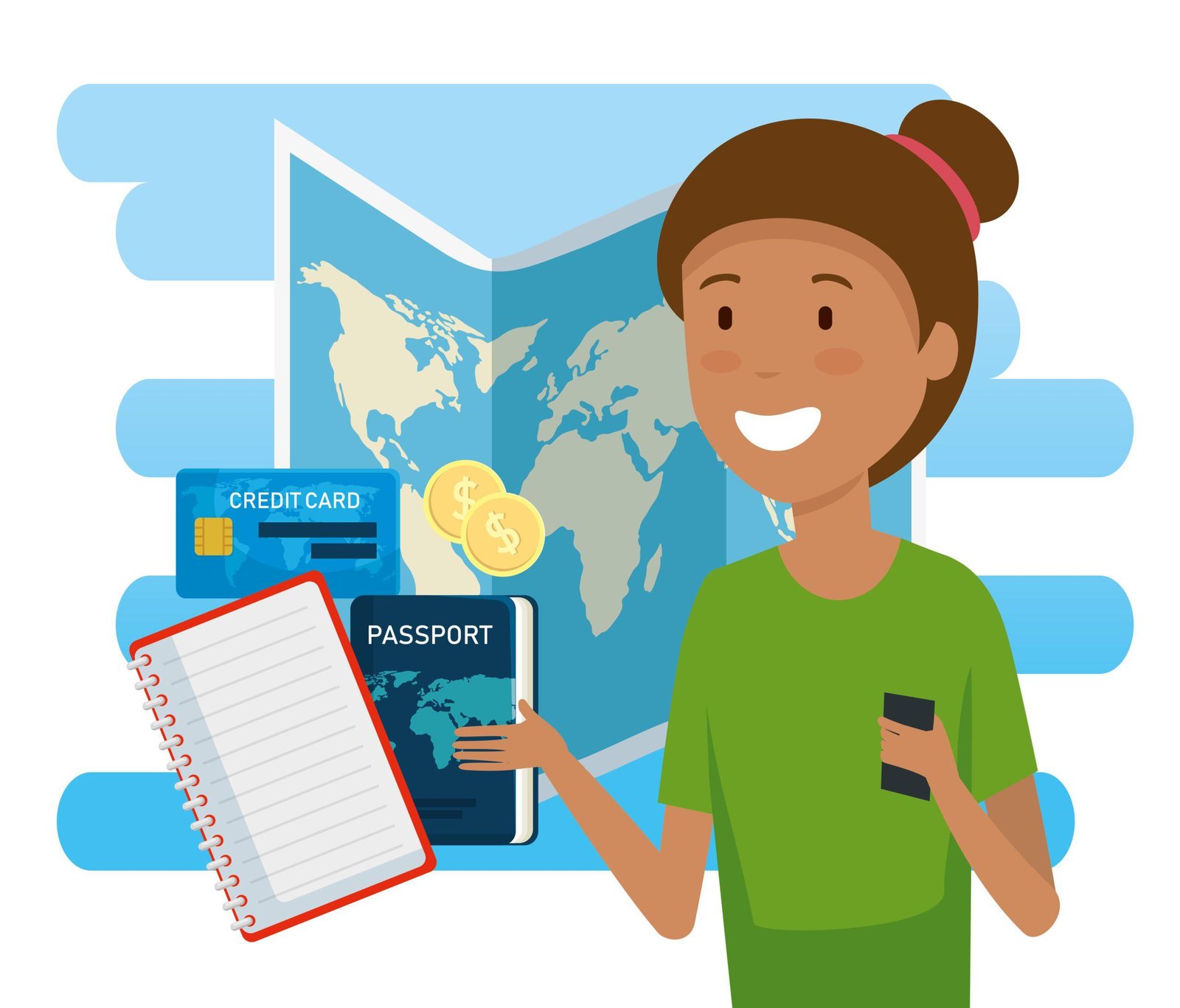
Schengen Visa Application Made Simple: A Step-by-Step Guide for First-Time Travelers
Traveling to Europe is a dream for many. From sipping coffee by the Eiffel Tower to exploring the canals of Amsterdam, the Schengen region offers endless opportunities for adventure. However, first-time travelers may find the process overwhelming. Where do you start? What documents do you need? How can you make sure everything goes smoothly? This Schengen Visa Application Guide aims to simplify the journey by providing clear answers and step-by-step support.
What is a Schengen Visa?
The Schengen visa is a short-stay visa that lets you travel to 27 European countries in the Schengen Area without border checks. With one visa, you can move freely across countries like France, Germany, Italy, and Spain. This makes it one of the most convenient visas for travelers.
The visa usually allows a stay of up to 90 days in a 180-day period. This makes it perfect for vacations, short business trips, or study programs.
Step 1: Find out if you require a Schengen visa.
Not everyone needs a Schengen visa to enter. Citizens from many countries outside the Schengen zone must apply in advance, while others can enter without a visa. Before you begin the process, check if you need one based on your nationality.
Tip: If you’re not sure which country to apply through, the general rule is to apply at the embassy or consulate of the country where you’ll spend the most time. Apply first to the country you intend to enter if your stays are the same.
Step 2: Plan Ahead – Timing is Key
The golden rule for any visa application is to start early. You can apply up to six months before your planned travel date and no later than 15 days before departure.
The time required to gather paperwork, schedule an appointment, and wait for approval is frequently underestimated by first-time candidates. Starting early gives you some space and reduces stress.
Step 3: Gather the Required Documents
Though requirements may differ a bit between countries, most Schengen visa applications request the following:
- Completed application form (make sure to fill it accurately)
- A passport that is valid for at least six months and has two blank pages
- Recent passport-size photographs (meeting official specifications)
- Travel itinerary (flight bookings or reservations)
- Proof of accommodation (hotel booking, rental agreement, or invitation letter if staying with a friend/family)
- Travel insurance (covering at least 30,000 euros for medical emergencies)
- Evidence of financial resources, such as bank statements, pay stubs, or a letter of sponsorship
- Visa fee payment receipt
Pro tip: Organize your documents neatly in a folder. Check them for accuracy. A missing or incorrect document is one of the main reasons applications get delayed or rejected.
Step 4: Book Your Appointment
Most Schengen countries require biometric data, including fingerprints and a photo. This means applicants must visit the embassy or visa application center in person. It’s essential to book an appointment in advance since slots can fill quickly, especially during peak seasons like summer.
Prepare yourself for a short interview during your visit. The consular officer may ask questions like:
- Why are you visiting?
- Where will you stay?
- How will you cover your expenses?
Answer honestly and confidently; they just want to verify your intentions.
Step 5: Attend the Interview & Biometrics
On the day of your appointment, arrive early with all your documents organized. The biometrics process is simple. You will need to take a digital photo and provide fingerprints.
During the short interview, honesty is the best approach. If you feel nervous, remember that many people apply for this visa every day. You are one of them. As long as your documents are in order, you are likely on the right track.
Step 6: Wait for Processing
The waiting period usually lasts 15 to 30 days, depending on the country and season. Some applicants may receive their visa sooner. Others might face delays if extra checks are needed.
Use this time to improve your travel plans. Create an itinerary, research local hotspots, or learn a few key phrases in the local languages. It will make your trip feel smoother and more enjoyable once you land.
Step 7: Receive Your Visa
Once approved, your Schengen visa will be stamped in your passport. Congratulations. You’re ready to explore the cobblestone streets, historic castles, and vibrant cultures of Europe.
Before traveling, double-check the visa details, including the validity dates and the number of entries allowed. Nothing is worse than finding out you misread the dates when you arrive at the airport.
Common Mistakes to Avoid
- Submitting fake documents – This leads to automatic rejection and could impact future travel.
- Inconsistent travel plans – Flights to one country and hotels in another without explanation might raise red flags.
- Not buying proper insurance – Travel insurance is mandatory, not optional.
- Last-minute applications – Waiting too long increases stress and risk of visa refusal.
Final Thoughts
The Schengen visa application process doesn’t have to be difficult. With proper preparation and early planning, the process can be smooth and easy. Consider it the first exciting step toward your adventure. Let this Schengen Visa Application Guide be your companion to make the journey simpler and more rewarding.
If Europe has been on your travel bucket list, now is the time to act. Start preparing your application, plan your itinerary, and get ready to create unforgettable memories across several countries, all with just one visa.
Recent Posts
How Travteler Simplifies and Speeds Up Your Visa Application
Why International Travelers Prefer Travteler for Seamless Travel Planning
Timely Travels: Discover the PerfectSeasons to Book India Tour Packages
All Categories
Tags

Thailand





